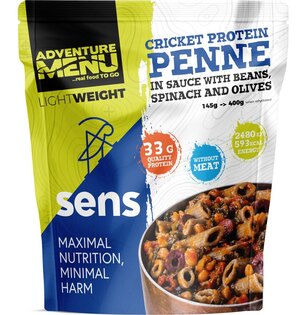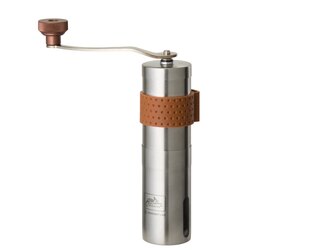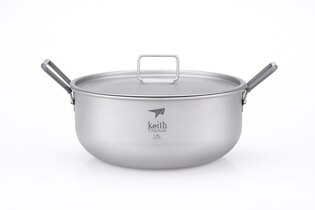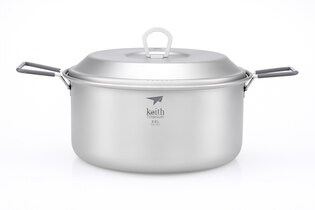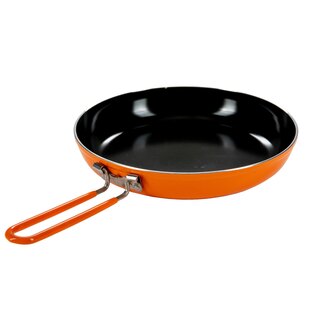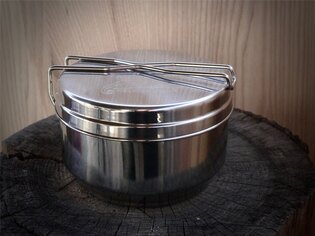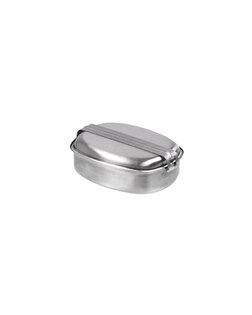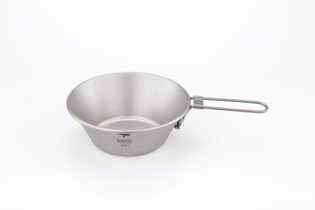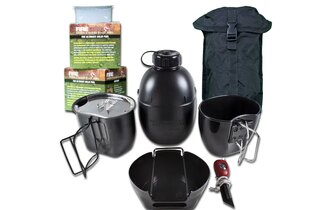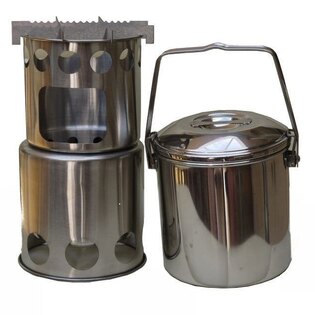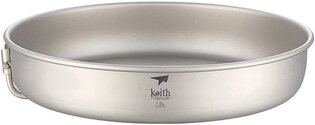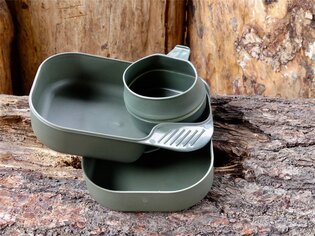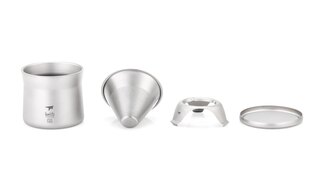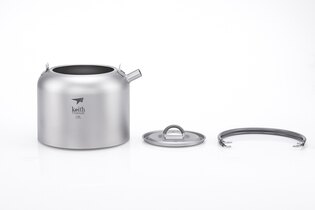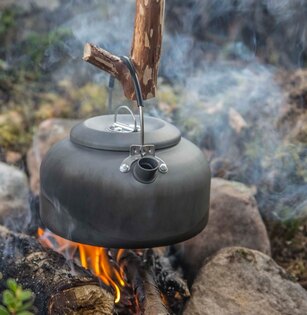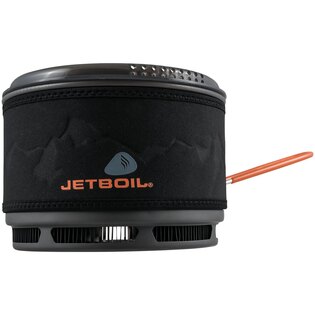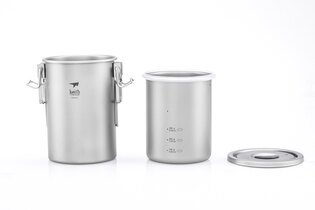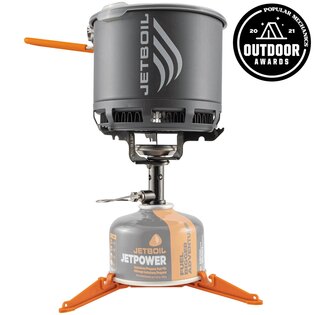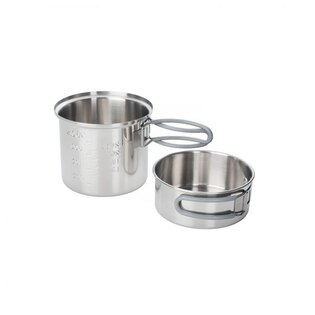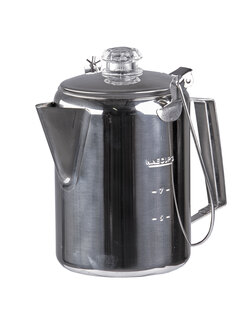Have you tasted insects yet?
Even today, you can encounter a number of cases where a person gets lost in nature and is unable to get out of its maze. The whole situation is even worse if the person in question has nothing to eat. That's when insects enter the scene! An affordable and easy source of protein and fiber that you can find on almost every corner.
Our ancestors and insects
Insects have been a part of human food since prehistoric times, when early humans most often enjoyed ants, larvae, bees and termites. Over time, however, other extremely popular insect species appeared. The ancient Chinese were fond of silkworm cocoons, the Romans feasted on cicadas fattened with flour and wine, and the Aztecs swore by locusts, which were a popular ingredient in chili dishes.
Even in our territory, a number of recipes have been preserved, the main ingredients of which were insects. We mean, for example, crustacean soup and adding insect flour to sauces. Would you try these old Czech specialties?
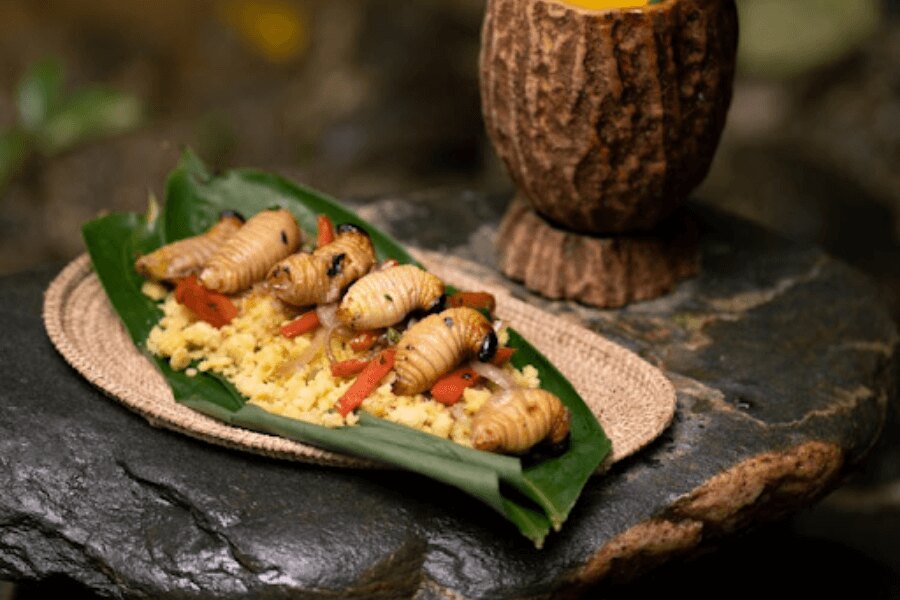
Eating insects has a place in history.
What creatures to go for?
In our area, it probably doesn't just happen that you have to feast on insects for survival. But as life is unpredictable as it is, many things can happen and wandering through the forest with an empty stomach is really annoying. It is therefore good to know what you can safely bite into when you are hungry.
The best alternative is insects, which are relatively easy to catch and easy to heat. And so we have for you several representatives from the insect kingdom that you will encounter most often in nature. For a better overview, we also include snails and slugs, which do not belong to the insect kingdom, but of course you can also enjoy them.
- snails, slugs,
- worms (larvae),
- grasshoppers, locusts,
- ants,
- bees, caterpillars, beetles.
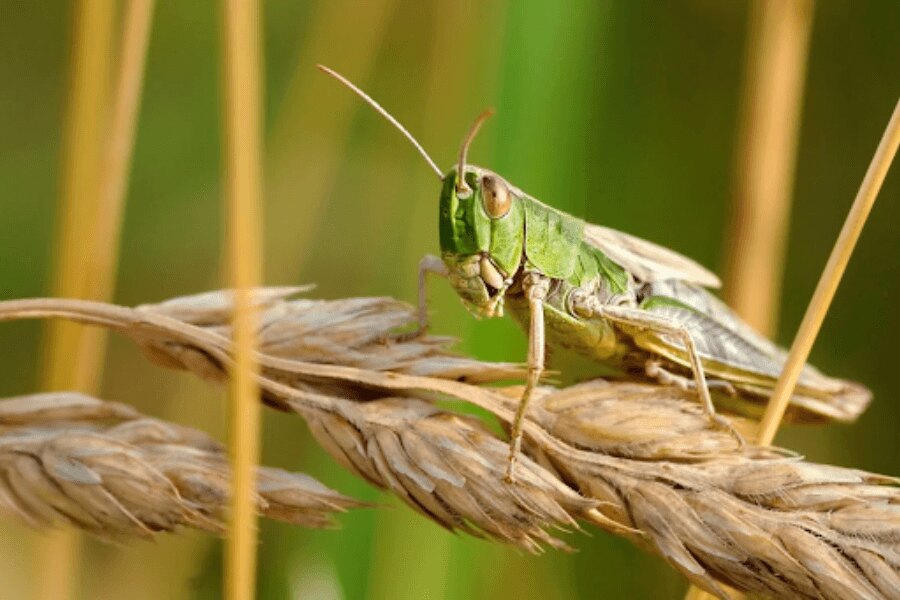
You can eat grasshoppers and locusts whole.
Where are they hiding?
The insect snack is great in that it takes minimal effort to "hunt" it compared to hares, birds, and other forest animals that would probably give you a good run (despite turning you into a poacher). So where do you want to go for your future chow?
Snails and slugs
It is best to go for snails and slugs after the rain. They usually hide in shady places, in ditches and near ponds. If you look for them in the dry, then you will most likely find them under stones, bark or in tall grass.
Worms
Worms are a little harder to find than snails. If you're lucky, you'll find a few in the same places as the previous representatives, that is, under stones or in rotting pieces of bark. But most often you can find them in old or dying trees, which are dotted with holes in the bark or are already lying on the ground. If you are close enough to an infested tree, you can also hear the crunching of larvae eating up corridors into the rotting wood. Then all you have to do is break off the bark with the help of a knife, stone or hand and you can collect.
Grasshoppers, locusts
Grasshoppers and locusts can be found in every meadow, where a huge number of them are running around. You have to put more effort into catching them, but the result is definitely worth it.
Ants
You can find ants almost anywhere. If you don't find any larger anthills, they are usually under rocks and bark. When collecting them, you can focus on both adults and larvae, which do not bite you and are easier to prepare at the same time.
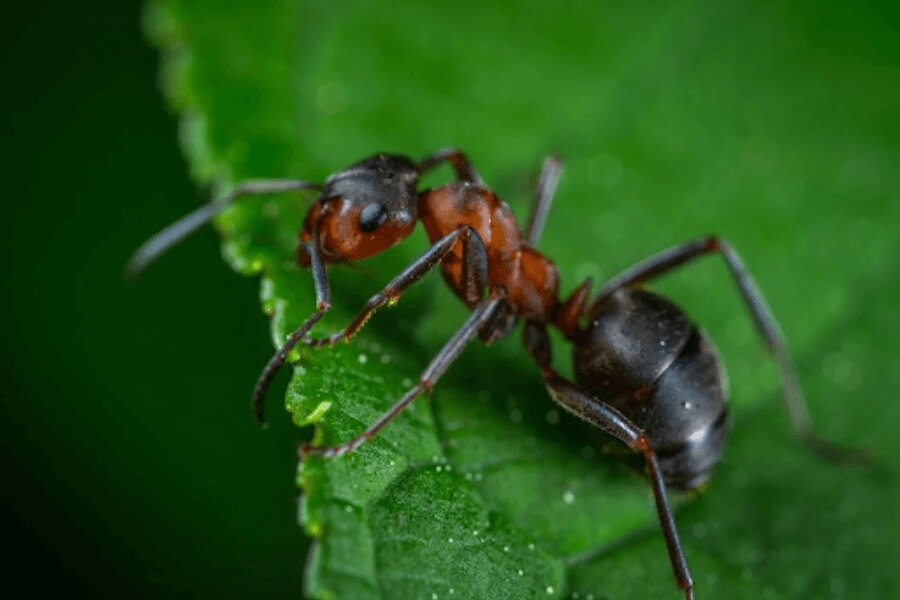
There are many myths surrounding the consumption of insects, but most of them are not based on truth.
What to watch out for?
Before you start preparing food, remember that anything that feasts on corpses is taboo. You probably wouldn't think of picking larvae off a dead animal, and the same is true if the insect feeds on other decomposing insects. Also watch out for strikingly colorful monsters. In nature, animals with distinctive colors are usually poisonous. So if you find a larva that is not white or cream in color, then we recommend that you keep looking.
How to prepare them?
Snails, slugs
Snails and slugs must first be boiled in salted water to remove all the mucus from them. The water has to be changed several times, so you need to have a good supply. If you have a filtration device and are near a river, then you can happily start the preparation. Otherwise, it is better to look around for larvae that do not need such a long preparation.
Worms
Larvae can be eaten in a number of ways. Some people eat them raw, others boil them in salted water, fry them or roast them in a pan. There are many options and everyone can choose the one that suits them best.
Grasshoppers, locusts
For grasshoppers and locusts, some connoisseurs tear off the trusses. But the truth is that you can easily eat them whole. They taste best boiled and baked, larger pieces can be roasted like a small sausage on a stick.
Ants
If you are not going to eat ant larvae, which can be eaten raw because they do not contain formic acid, then you need to prepare a pot of water. Adult ants are full of pungent acid that would instantly spoil your appetite. For this reason, it is necessary to boil them repeatedly in boiling water.
Insects can be prepared in a number of ways. In case of an emergency, of course, it is not worth inventing anything more complicated. But if you want to make something good from insects at home, you can look at recipes where insects are used as a base for stews, soups, flatbreads or as an ingredient in salads.
Myths about insects
The consumption of insects is shrouded in a whole series of myths. We have selected the 4 most common ones for you.
1) Insects taste disgusting
It all depends on the preparation. Insects are mostly neutral in taste and absorb the aroma and taste from the added spices during processing. Some species taste like nuts, butter or have a sweet taste. If you are not so interested in these tastes, it is possible to flavor them to your liking.
2) Those monsters are full of toxins!
This opinion stems from the fact that some insect species feast on pesticide-treated plants. If you are going to collect insects in the forest, it is better to avoid bark beetle areas where there may be insecticide traps. Otherwise, you don't have to worry about anything. In addition, the edible insects that you can buy in the store are raised on special farms that are completely safe and pesticide-free.
3) Insects feed on corpses!
Of course, some larvae feast on corpses. But you already know from our article that you must avoid them. A whole range of worms feed on decaying wood, which is not dangerous for humans. But if you reach for insects from the store, then you don't have to worry about anything, the worms are fed with special certified feed and carefully selected fruit.
4) Chitin is a threat to human health
Some opponents of the insect diet hold the opinion that chitin, which is the basis for the bodies of beetles, is dangerous to life and even causes cancer. But you don't have to worry about anything, the internet is full of similar hoaxes and there isn't even a grain of truth in them.
Experts have confirmed that chitin does not pose any danger to humans. It is true that chitin may not completely break down in the human body, but this does not cause any problems for humans. A similar situation occurs, for example, if a person does not digest the cellulose from a stalk of celery, which is then excreted without any problem.
Readers are further interested





































































































































